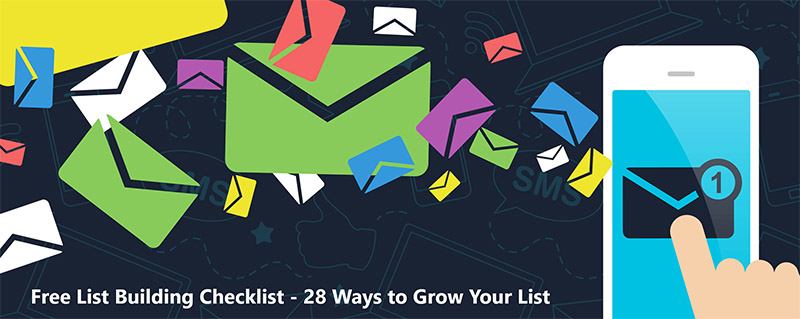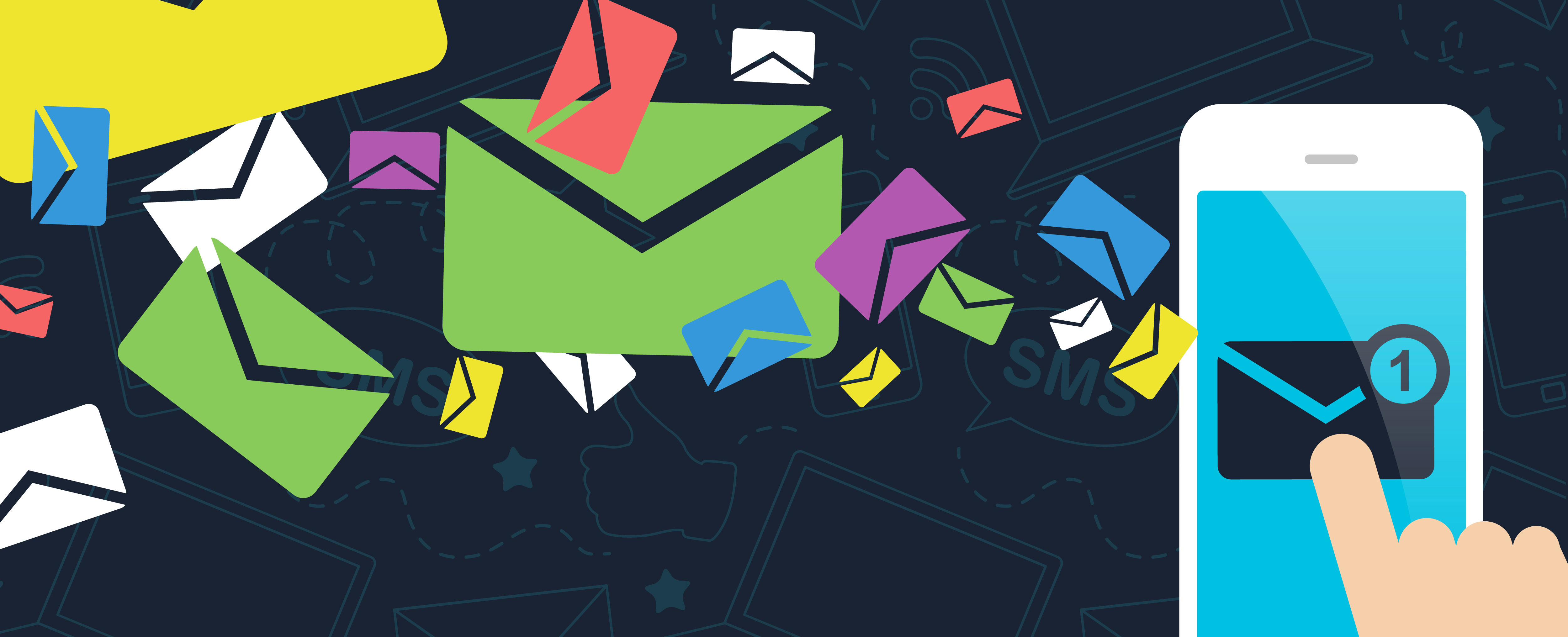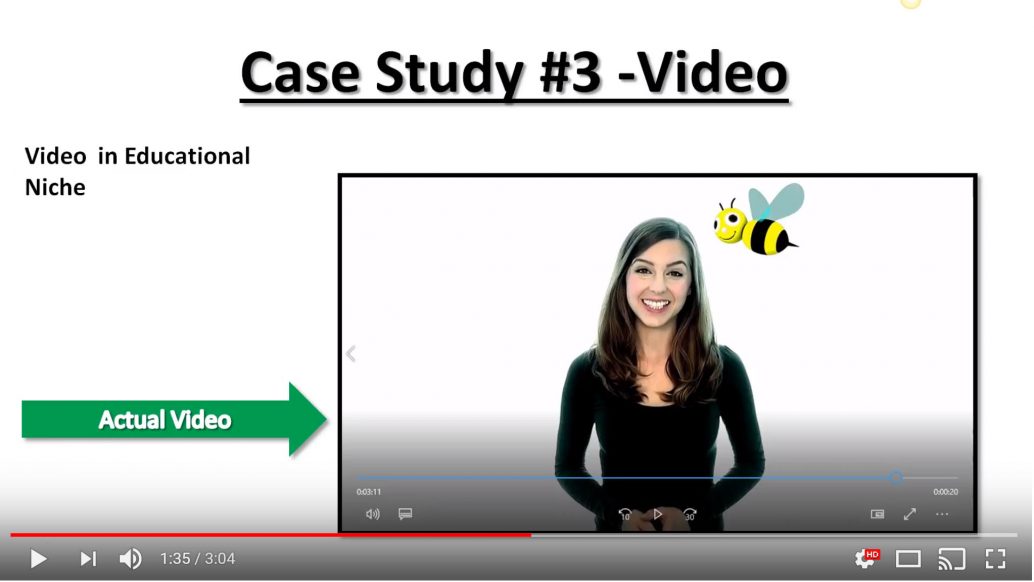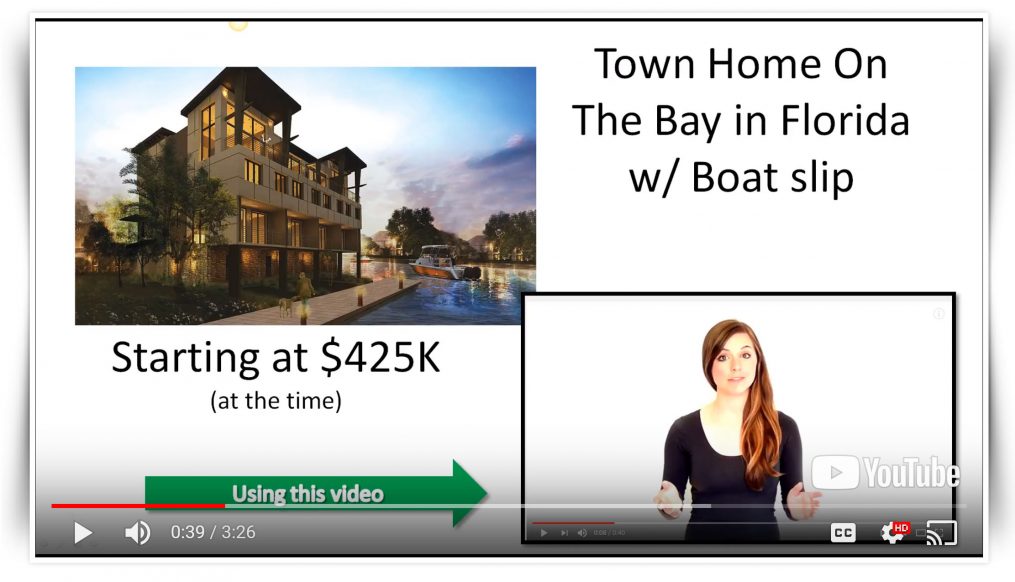Genius Ways for Using…and Reusing…Tips Content

Here are PublishforProsperity.com, we love to make easy-to-publish content for our customers. We know you're busy serving your own clients and customers, so if we can make it even simpler for you to keep up with your content marketing, that makes what we do so worthwhile.
One of the most versatile packages we have is our 365 Self-Improvement Tips. You get a report with 365 tips, one for each day of the year. You can give the report away as an free gift to get people on your list or you can use those tips in a variety of ways.
Here are some ideas for you:
- Load the tips to your autoresponder. BAM! 1 year's worth of emails. Just add a little greeting and encouragement and you're ready to roll.
- Schedule the tips to your social media. If you use a tool like Hootsuite or even the Facebook Page scheduling feature, you're good to go.
- Make viral top lists on your blog. The tips divided into different major categories, so you could create a post with “Top 30 Motivation Tips”.
- Use a content rotator widget on your WordPress site and load all the tips in. Then you can show the tips in your sidebar or wherever you'd like to give your readers a bit of encouragement.
- Take the various tips categories and make each on into a report. Easy peasy, you've got a bunch of lead magnets, ready to roll.
- How about a desktop calendar with a tip of the day on it? It could be a real printed calendar or even for their computer desktop.
- Use it as a script for an audio or video. You can share just a quick audio or video tip of the day. Or share a bunch of related tips that your readers are going to thank you for.
- Turn it into a slide show. This one is so easy. Just add some graphics, maybe a little music and you`re good to go.
And two more great ideas…
Make Graphic Images
You can also create quick graphics from them to share on social media. Here's a quick video from Justin Popovic of Tools for Motivation that shows you how to use your phone, your camera roll and the tips to brand yourself on Instagram.
In the video above, Justin shares a very simple process of:
- Getting your tips document, so it's accessible on your phone using Dropbox or you can use any file sharing program with a web page or that you can view on mobile.
- Copying and pasting the quote, adding it to an image off your camera roll and saving it as a new images
- Posting the photo to Instagram...and hey, repeat the process for Facebook and your other favorite social media sites. Post to Twitter too, but be aware of sizing since your image may not show in full. I personally use the Word Swag app to ensure I have the right size for Twitter, but I'm sure there are plenty of other apps that will help you get the job done.
Make Actual Magnets...Not Just Lead Magnets
Here's a great idea from Dina Hyde of WordFeeder...turn the images you create into photo magnets. Add your URL and ship them out as little gifts for your customers. Try StickerYou for printing or search around for the best price.
Now you've got plenty of ideas to use this content. And not just once, but over and over again.
What Next: Get MORE Tips Content to Reuse and Repurpose
To make it easier to implement these tips, we've got some done-for-you tips content that you can publish as your own. Just grab it, brand it and monetize it...just about any way you'd like.
365 Self-Improvement Tips

This handy and versatile done-for-you package that gives your readers an entire year's worth of personal development tips on a variety of topics. You can use the tips for:
- An autoresponder series
- Daily tips for your blog
- Scheduling your daily social media
- Printable calendar, with a tip for each day
- Viral top 20, top 50 lists
- A report or ebook
- A bunch of themed blog or social media posts
...and just about anything you want. Click here to get yours and get publishing!
Enter your text here...

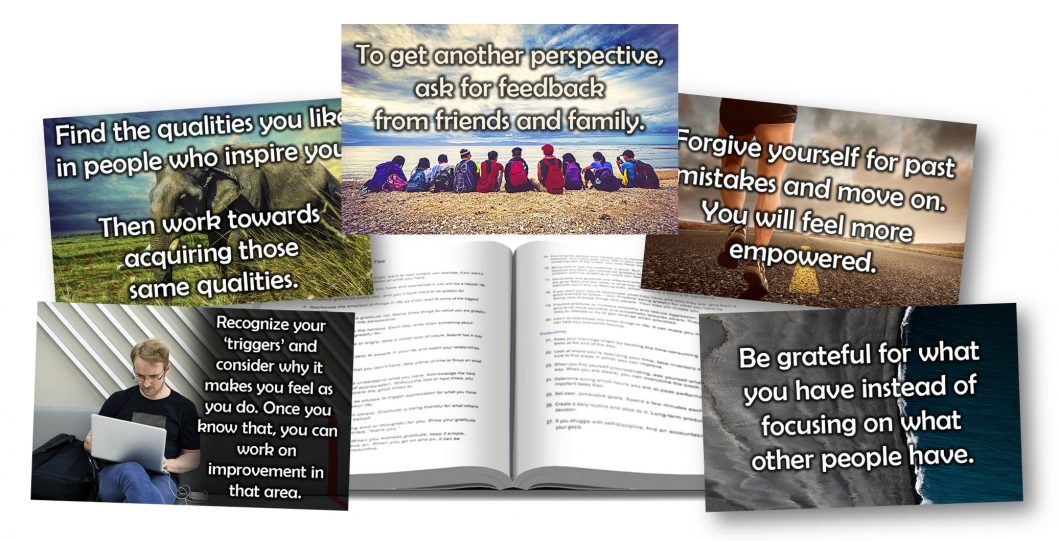

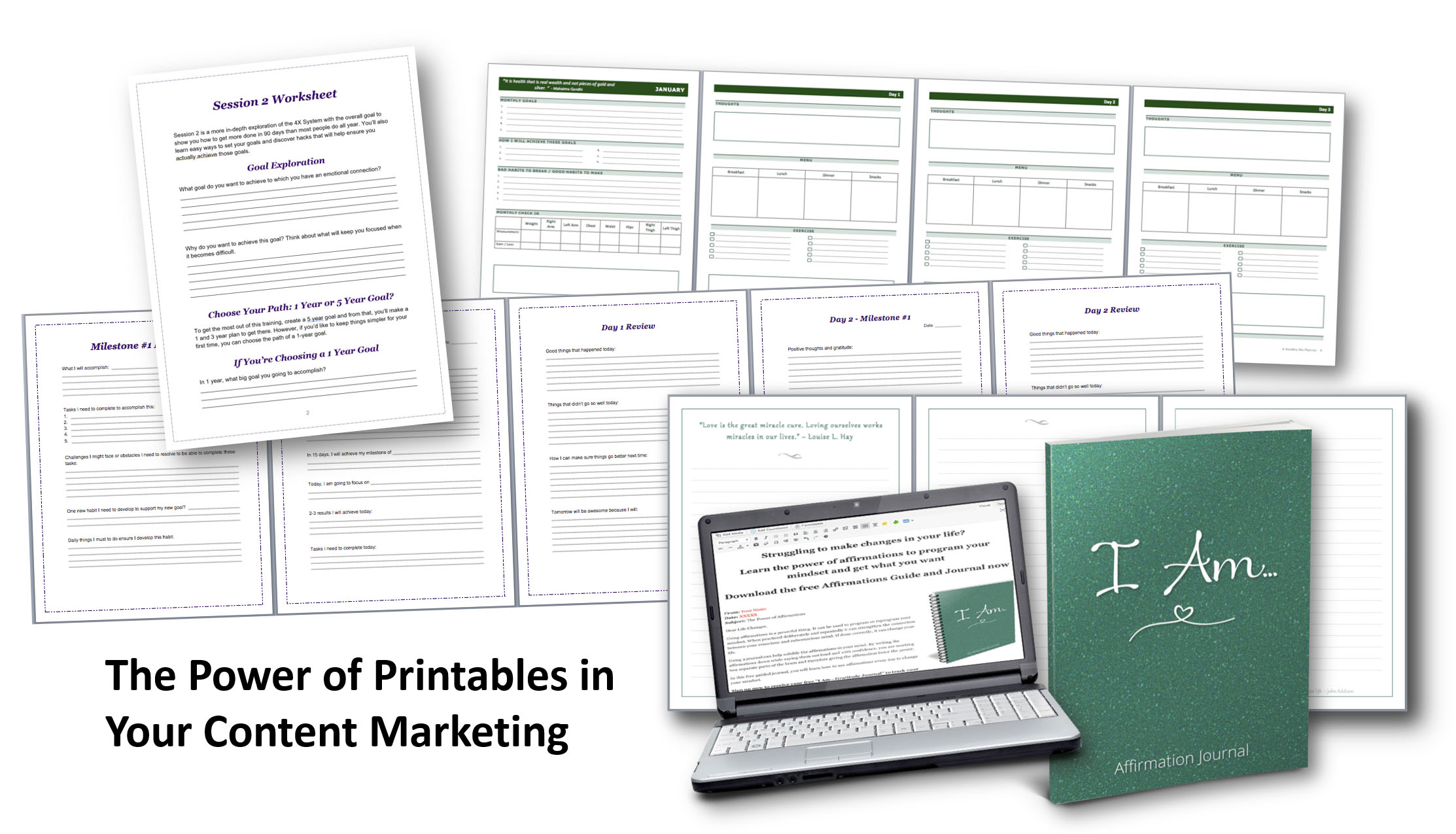
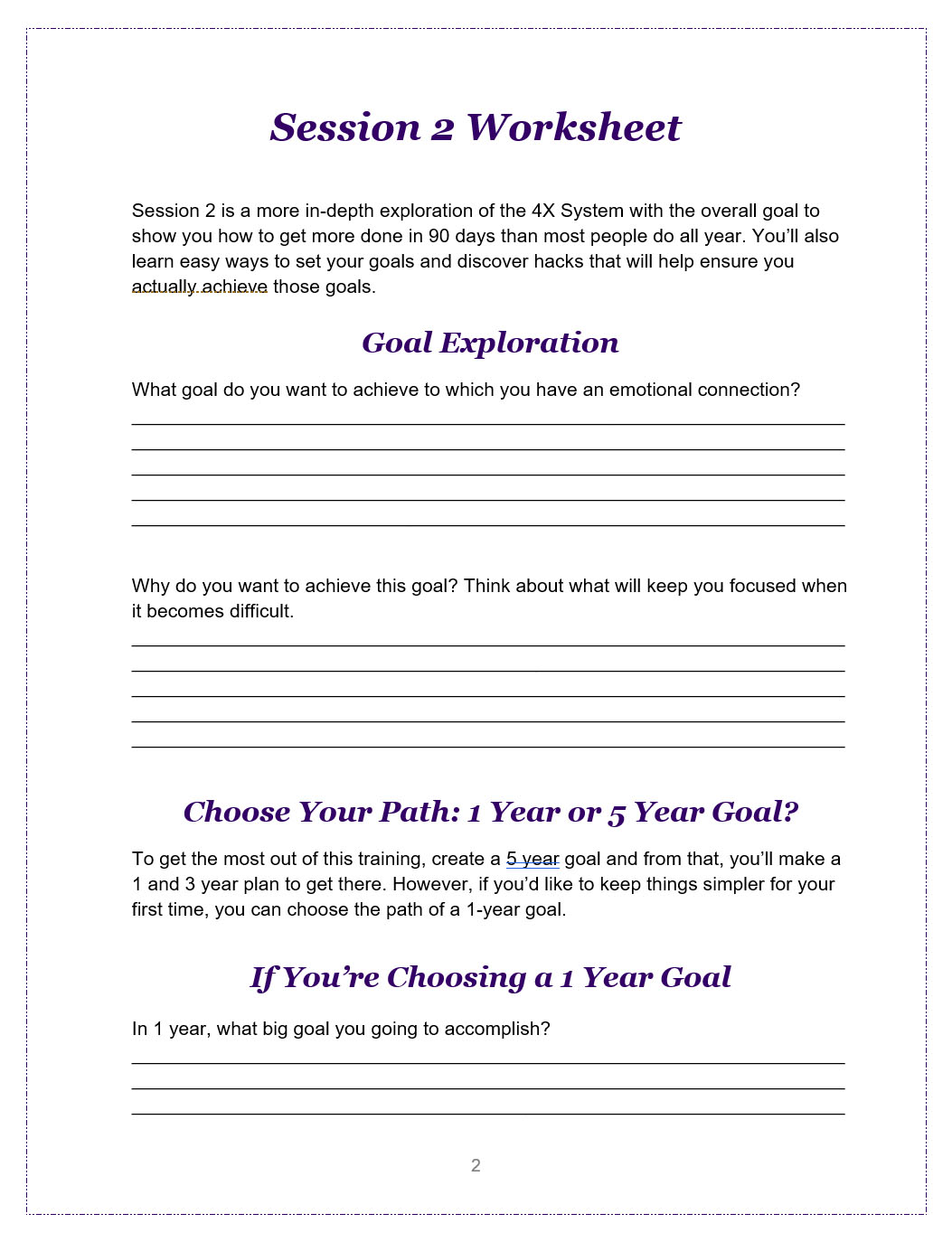 The worksheet helps the student apply what they learned in this session to their own lives, so they can start achieving their own big goals. Whenever you move the student from simply learning to actually DOING, you boost the value of the help you provide them. That means, they're more likely to want to learn from you AND they're more likely to pay more for that learning experience.
The worksheet helps the student apply what they learned in this session to their own lives, so they can start achieving their own big goals. Whenever you move the student from simply learning to actually DOING, you boost the value of the help you provide them. That means, they're more likely to want to learn from you AND they're more likely to pay more for that learning experience.
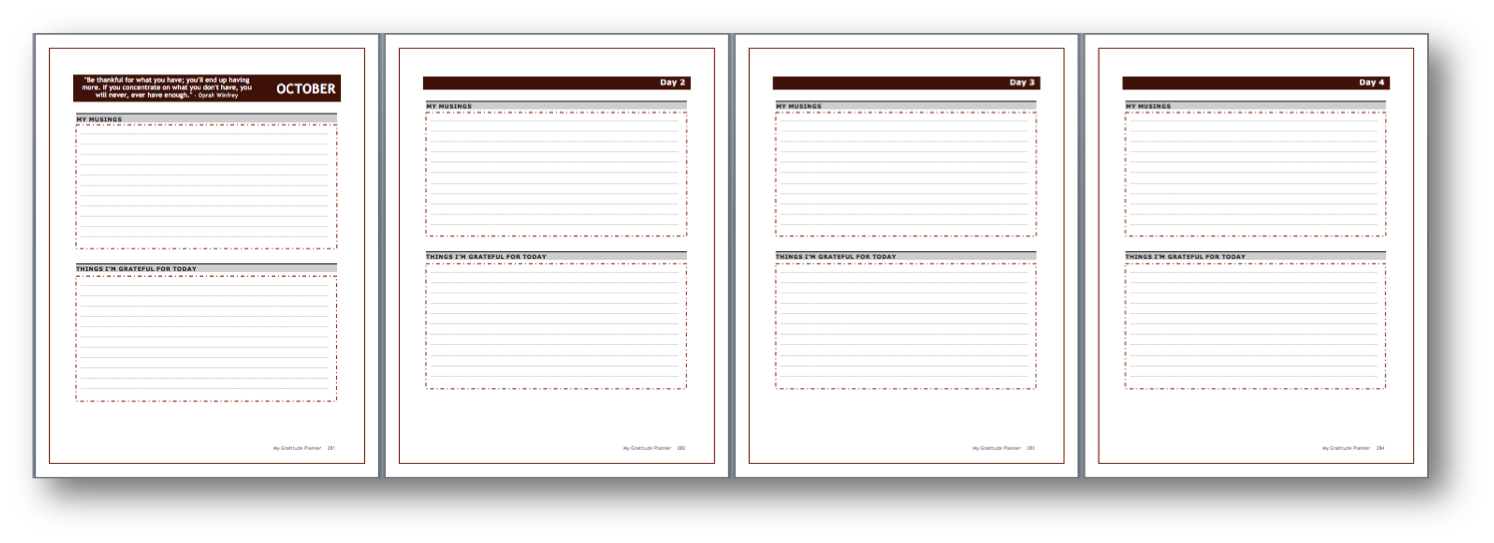
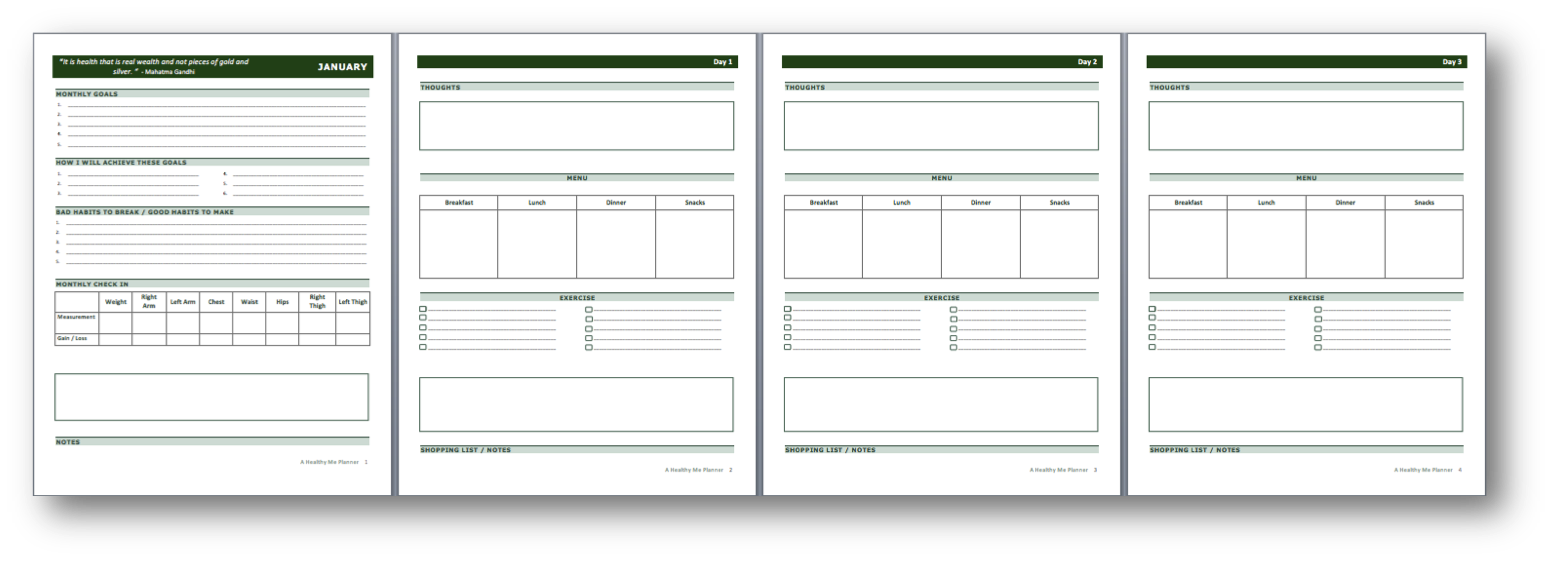
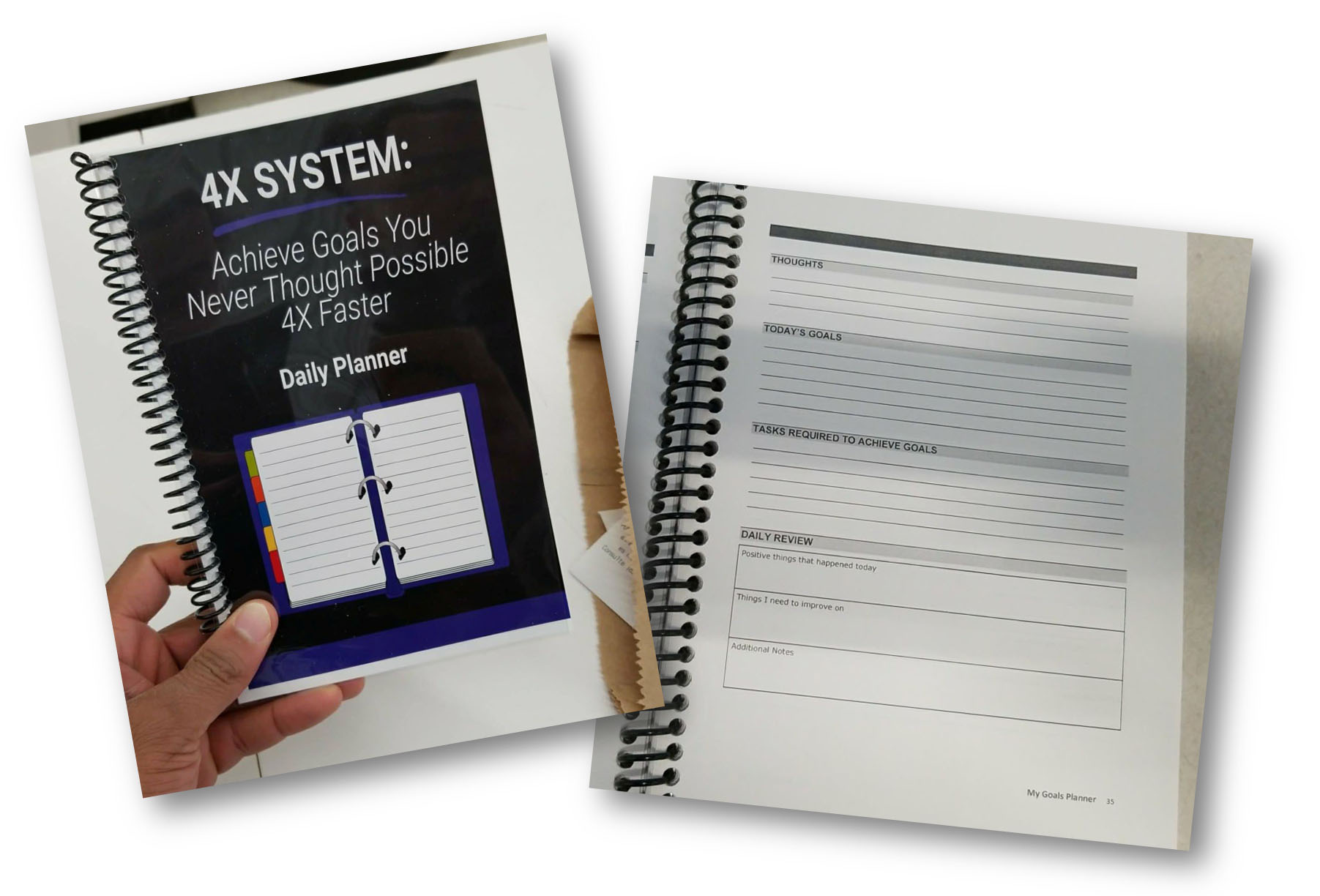
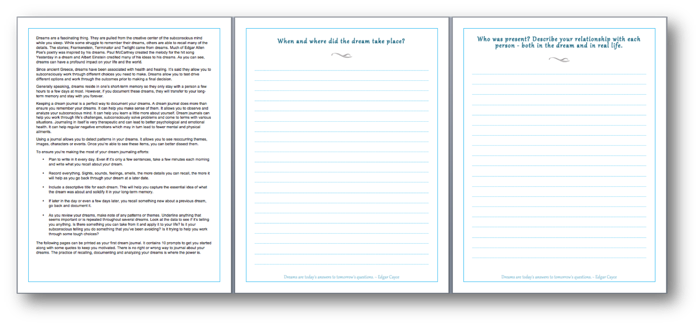







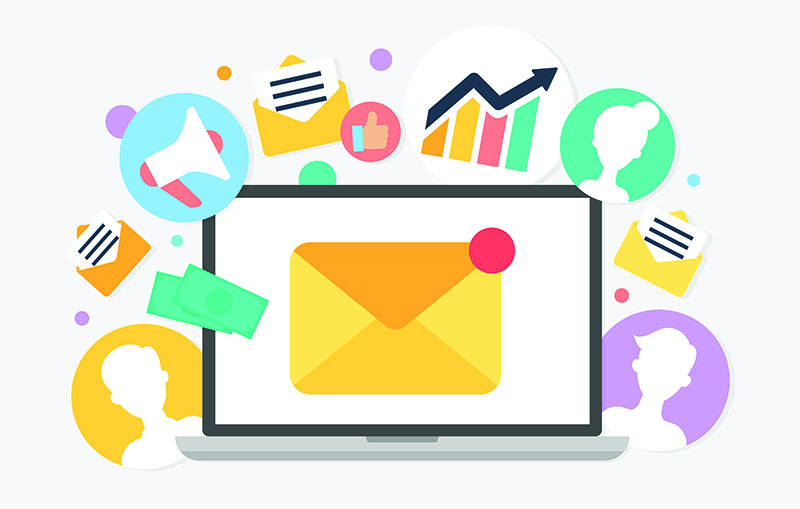
 To turn your list into a long-term asset, you’ve got to really understand your subscribers and deliver value consistently.
To turn your list into a long-term asset, you’ve got to really understand your subscribers and deliver value consistently.